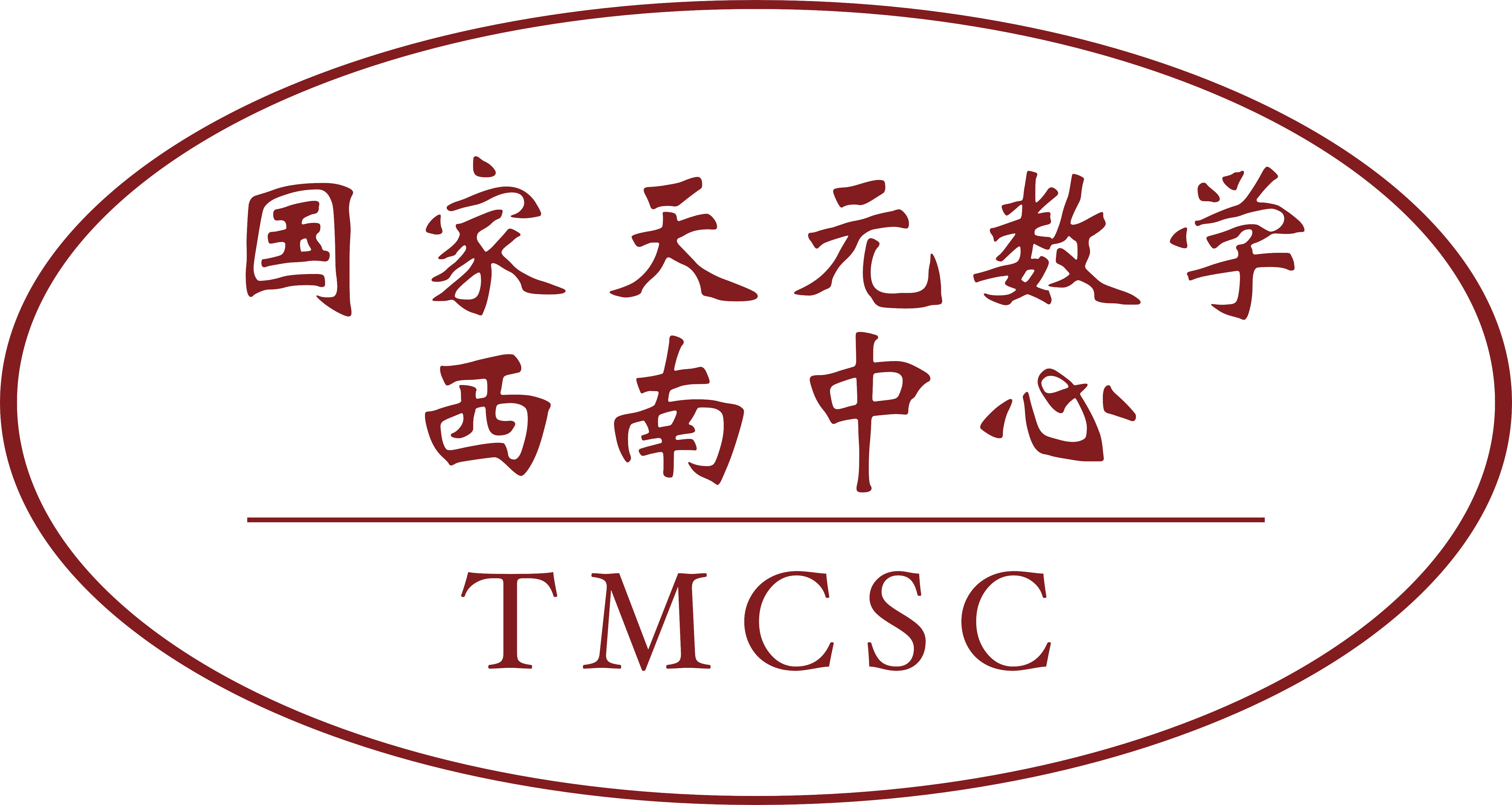Mathematics of Formal Quantum Field Theory and Applications
[Math. Dept.]
June 04 - June 11, 2018
E303(2)/E409/W303 School of Mathematics
![[seminar]20180604-0611Jae-Suk Park.png [seminar]20180604-0611Jae-Suk Park.png](http://tianyuan.scu.edu.cn/upload/default/20180605/%5Bseminar%5D20180604-0611Jae-Suk%20Park.png)
ABSTRACT
I will attempt to answer the following fundamental question:
What is quantum field theory? And, especially, when two quantum field theories are physically equivalent?
By limiting its scope to formal quantum field theory, where the Planck constant is treated as a formal variable, I will propose that quantum field theory is the study of homotopy category hoQFTA of QFT algebras, where two formal quantum field theories based on quasi-isomorphic QFT algebras have isomorphic towers of quantum correlation functions. This framework also provides to us a concrete method for determining the tower of quantum correlation functions up to certain ambiguity by an infinite sequence of classical cohomological computations if the theory is free from anomaly.
Our definition of the category hoQFTA is motivated by the study of general algebraic structure governing quantum correlation functions in Batalin-Vilkovisky (BV) quantization scheme. Actually our approach is coalgebraic rather than algebraic, using cotwisted coefficient system of a certain differential graded coalgebra and associated cotwisted cohomology as well as coalgebraic Riemann-Hilbert type correspondence in essential ways. Provided that we consider a formal quantum field theory with finite dimensional classical cohomology, there emerges an equivalent algebro-geometrical picture involving certain homotopy equivariant flat formal h-superconnection, a generalization of the formal version of Deligne’s flat lambda-connection introduced in the context of non-Abelian Hodge theory, on the tangent bundle TM to a based formal moduli space M of the theory. For an anomaly-free theory, we will have a flat torsion-free formal h-superconnection, whose 1-form part gives a structure of formal super F-manifold, Frobenius manifold forgetting the invariant metric, on M.
SPEAKER
Jae-Suk Park (IBS, Korea)
SUPPORTED BY
School of Mathematics, Sichuan University
